Plant subcellular organelles include the nucleus, mitochondria, chloroplasts, endoplasmic reticulum, Golgi apparatus, lysosomes, vesicles, ribosomes, and centrosomes (lower plants). The different organelles perform specific functions required to maintain normal cellular life activities. Each organelle plays an essential role in the growth and development of plants. In higher plant cells, apart from the nucleus, chloroplasts and mitochondria also contain their DNA, and this genetic information provides essential resources and information for studying the molecular ecology and evolution of plants. At the same time, with advances in biotechnology, research on structural analysis of subcellular organelles and synthetic biology of plants has also come to the forefront of scientists' minds.
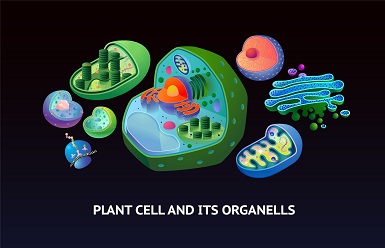
Lifeasible, a global company specializing in plant organelle research, is committed to providing customizable solutions for plant organelle-related research. Our services focus on chloroplasts, mitochondria, organelle imaging, protein localization, organelle-based plant synthetic biology, and more.
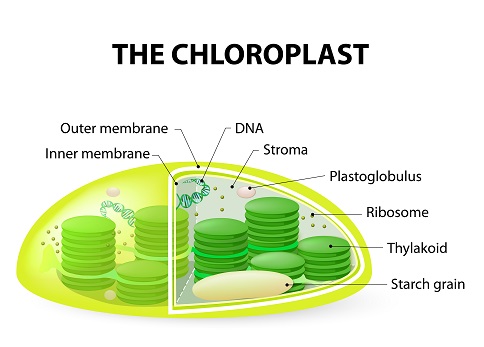
Chloroplasts are the site of light energy conversion and photosynthesis; they are also semi-autonomous organelles with their DNA and are capable of protein synthesis. To help our clients understand the functional and genetic characteristics of chloroplasts, we offer services such as localization prediction analysis, sequencing, identification of RNA editing sites, and gene editing. We also provide exogenous protein expression services and carbon-concentrating mechanism (CCM) studies to enhance the use of chloroplasts.
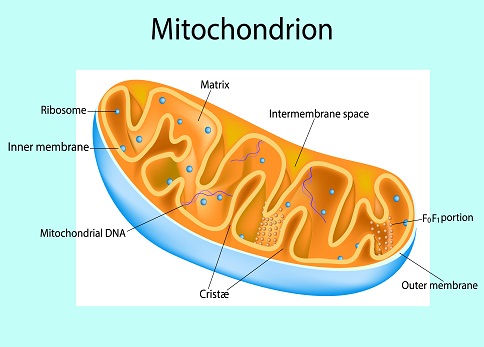
Mitochondria are the site of oxidative phosphorylation and are the execution center of respiration. The DNA of mitochondria can replicate itself semi-autonomously and independently within the cell. The mitochondrial genome has undergone various complex genomic mutations along the evolutionary journey of plants. To help our clients gain insight into the patterns of mitochondrial genome variation, we offer services such as mitochondrial sequencing, RNA editing site identification, and genome editing.
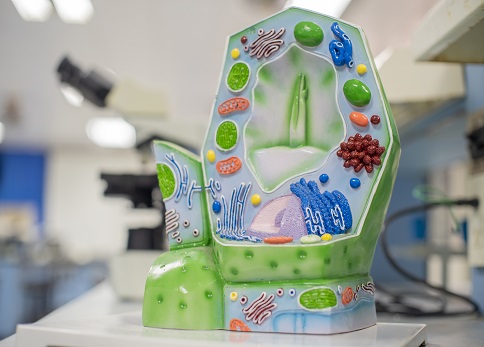
Imaging analysis of plant subcellular organelles provides a visual and clear view of the localization and structural features of the organelles. With state-of-the-art imaging equipment and experienced technicians, we can provide our clients with nanoscale-resolution imaging services, including fluorescence imaging, cryo-electron microscopy imaging, super-resolution imaging, and more. We are committed to providing our clients with long-term monitoring of changes in the structure of plant subcellular organelles.
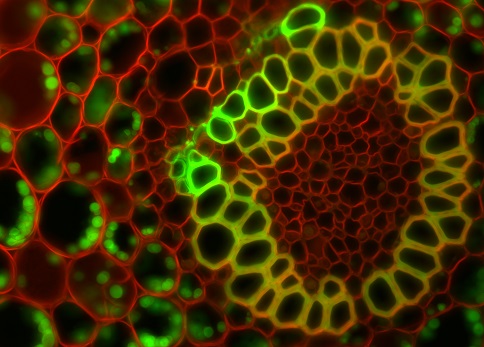
Different cellular regions or organelles are referred to as subcellular structures, and proteins are synthesized and translocated to the appropriate subcellular structures to perform their normal functions. We help our clients analyze the subcellular localization of plant proteins using various methods such as fusion reporter gene localization, immunohistochemical localization, and proteomic localization techniques.
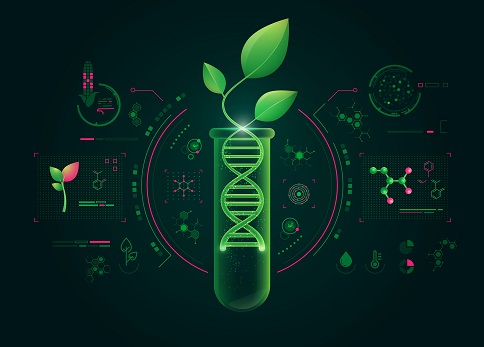
Plants have a wealth of endosomal systems and organelles, highly specialized biosynthetic gene clusters, and finely tuned metabolic regulatory networks that make them ideal models for synthetic biology. We offer tailor-made synthetic biology solutions based on various biological tools and technologies.
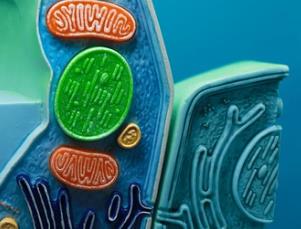
The endoplasmic reticulum plays an important role in plant growth and development, metabolism, and signal transduction. In order to help customers conduct in-depth research on the function and regulatory mechanism of plant endoplasmic reticulum, we provide a variety of services such as endoplasmic reticulum extraction, functional analysis, and stress response analysis.
Lifeasible is committed to deepening our global customers' understanding of the structure, function, and genetic characteristics of plant organelles. Over a decade of research experience, state-of-the-art laboratory equipment, and a dedicated research team are the cornerstones of our ability to provide quality solutions to our customers. If you have any questions, please contact us directly.